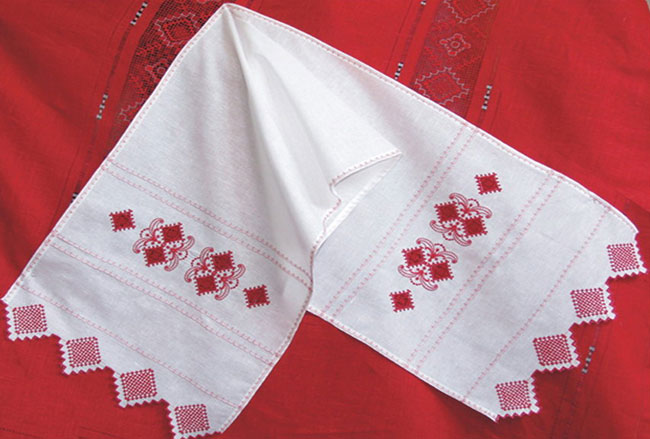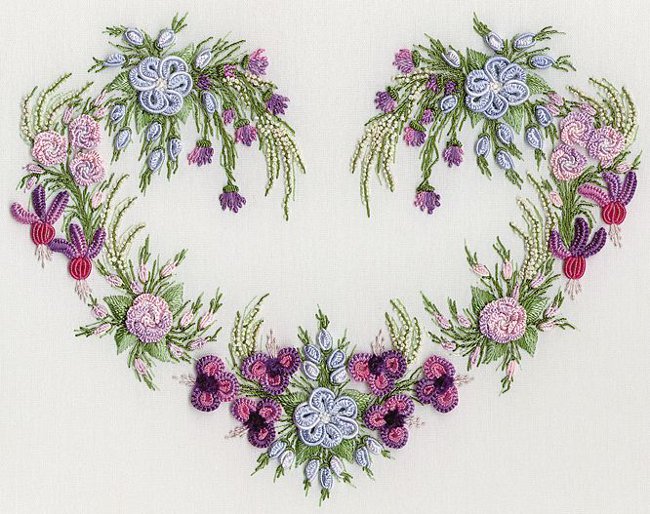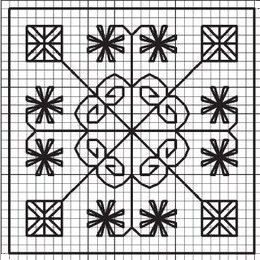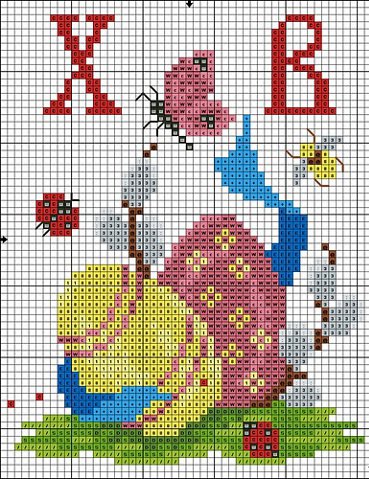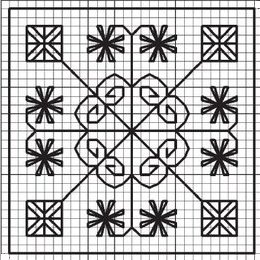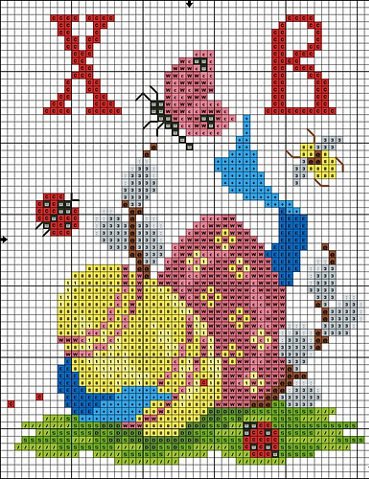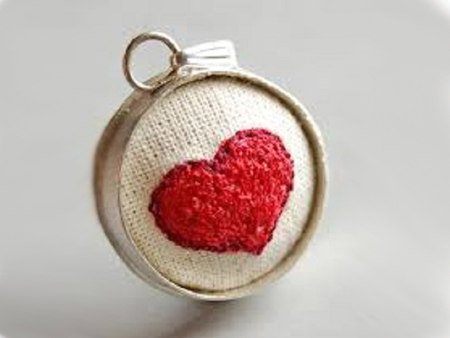Volumetric embroidery
 Previously, every respectful woman should have been able toembroider. Then this occupation lost its popularity - women had the opportunity to build a career, and they did not become interested in needlework. But now embroidery again becomes a common hobby. There are new techniques - for example, volumetric embroidery.
Previously, every respectful woman should have been able toembroider. Then this occupation lost its popularity - women had the opportunity to build a career, and they did not become interested in needlework. But now embroidery again becomes a common hobby. There are new techniques - for example, volumetric embroidery.Volumetric embroidery was known for a long time, but author of modern techniques of voluminous embroidery - Helen Pierce. She embroider flowers and plants that look just like living things thanks to volume. Helen is a wonderful example of a woman whom Americans call "Self-made women". She did not just develop a unique techniqueembroidery - it is constantly improving and learning new things. And she teaches others - Helen teaches at schools in Australia and England. In addition, she released several books, has time to draw, work in the studio and embroider wedding and evening dresses with beads.
After such a passage, you might think: "No, I can not stand it." Oh, is it? Perhaps you will not invent a new technique or write a book. But after all, a hobby is a hobby to enjoy from him, rejoicing at the results of his efforts. Especially, volumetric embroidery is not at all complicated, and to learn it is quite simple, even ifbefore, you almost did not do embroidery. After a little training, you can create wonderful works that can compete with embroidered masters.
Three-dimensional embroidery is multifunctional. Having mastered this technique, you can createvolume paintings, decorate blankets and pillows, decorate clothes and interior items. The volume and structure of the embroidery attached to various materials. Elements of voluminous embroidery are either embroidered directly on the fabric or attached to it. If desired, three-dimensional embroidery can be combined with embroidery with ribbons and beads.
In this article, we will tell you which tools and materials are needed for volumetric embroidery and give a pair of commontips, and in one of the following materials we will certainly share a master class on voluminous embroidery, which will help you better understand this technique. So, if you decided to try your hand at embroidery, you will need:
- Threads. In principle, you can use any thread that you like and are suitable for the future product. But Helen advises the craftsmen to use fine woolen and silk threads (yarn, mulina, etc.)
- Needles. Helen recommends using "chenille" needles (Nos. 18-24), a needle of the milliner (No. 8), needles for embroidery "crochet" (Nos. 3-9) and needles for beads.
- Fabrics. For volume embroidery, medium-sized fabricsdensity (very thin can be torn, but for thick it is uncomfortable to embroider). Helen prefers wine. You can use flannel, hollow, etc. In addition, you will need a fabric for lining - felt or soft cotton fabric. For some elements, a water-soluble cloth is useful.
- Other tools and materials:
- embroidery frame
- wire for carcass
- Handle or marker with water-soluble ink to transfer the pattern to the fabric
- small pliers or nippers (cut off wire)
- paints and felt-tip pens for fabrics
- sharp manicure scissors for cutting workpieces
- Beads, beads, artificial stamens, etc.
Wire is needed in order to give volume to leaves and flower petals, and the lining does not allow the finished elements of the embroidery to deform. You can select any stitches to fill in the items. But without one kind of stitching you just can not do - it's long and short stitched stitch. It serves to fringe tissue sections and does not let it crumble.
If you put under the product water-soluble tissue, remember: it dissolves in cold water. Do not direct the product to the product: it can deform. Ready-made embroidery (or element) should be put in a bowl of cold water and wait until the fabric has dissolved.
Here in short and all the basic tricks of voluminous embroidery. And to understand the intricacies of this technique will help you master class from Helen Pierce.
During the preparation of the article the materials of H. Pierce's book "Volumetric embroidery"




